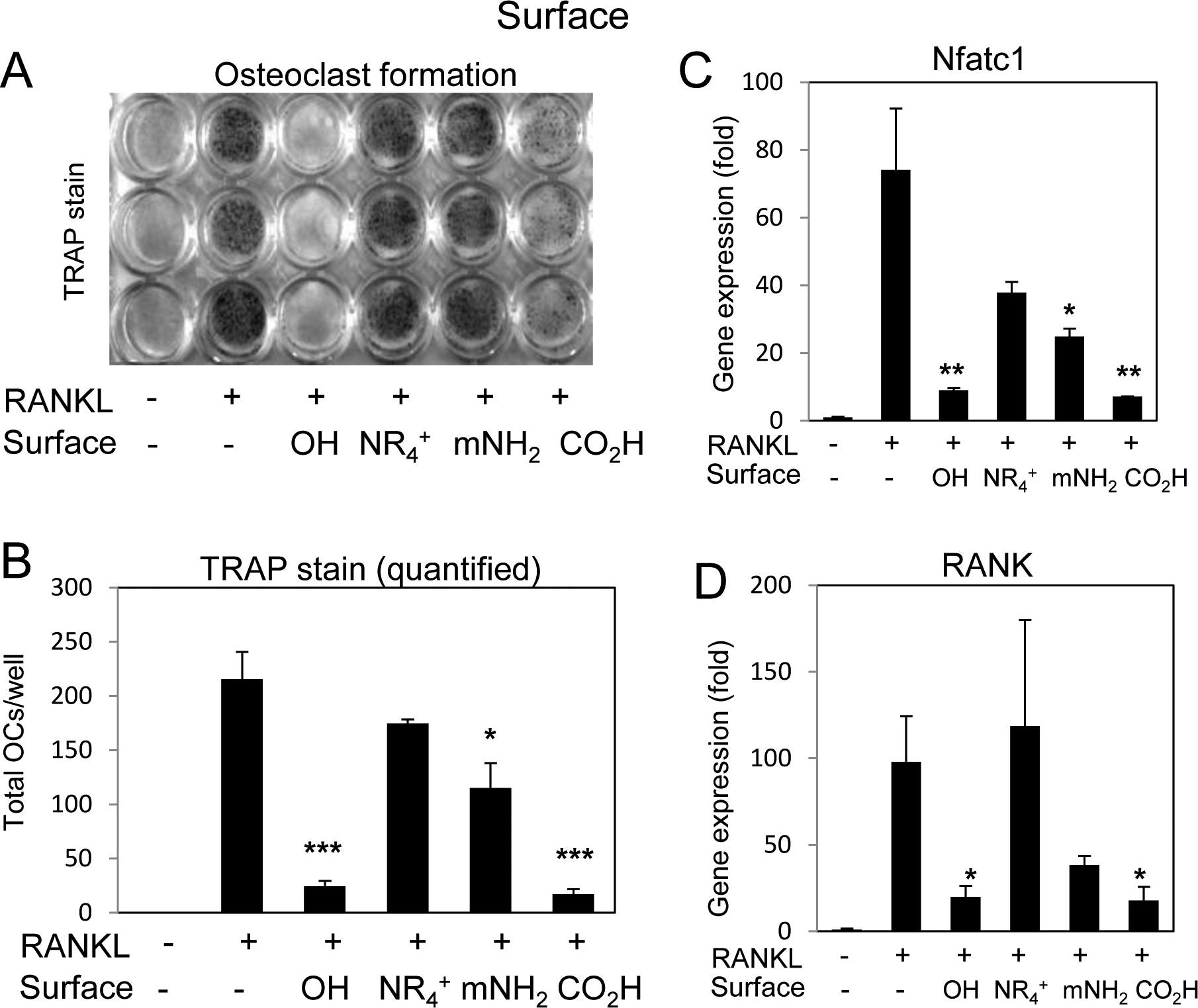Fig. 6. Silica nanoparticle surface properties and enhancement of osteoclast differentiation.

A) RAW264.7 cells were cultured in growth medium or medium supplemented with RANKL (15 ng/ml) and treated with silica nanoparticles with varying surfaces as indicated and after 3–4 days the cultures were stained for tartrate resistant alkaline phosphatase (TRAP). B) Multinucleated (≥3 nuclei) TRAP positive cells were quantified were quantified from plates in (A); average of 3 wells ±Stdev and representative of 3 independent experiments. Cells were treated with RANKL (15 ng/ml) for 16 hours and harvested for RNA analysis of C) Nfatc1 or D) RANK by qRT-PCR expressed as fold change relative to untreated control Avg.±Stdev. *P< 0.05, **P< 0.01, and ***P< 0.005 relative to RANKL treated Students t test (n=3).
